Review: Three New SSDs From Top Vendors
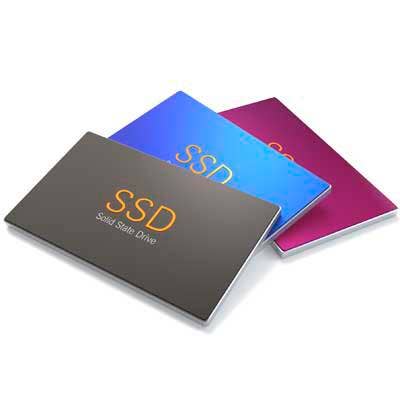
Three New SSDs
As Storage Week 2015 continues, the CRN Test Center takes a close look at three of the newest solid-state drives from 2014's leading SSD vendors and examines their place in the enterprise. All fit the 2.5-inch form factor, and all comply with the SATA 3.0 specification and its 6-Gbps maximum theoretical throughput. But uniform spec compliance doesn't equate to uniform products. These drives -- and others in the marketplace -- differ tremendously in speed, durability and price, the primary factors that determine what type of customer and application is best suited for each.
Solid-state drives offer potential service revenues for MSPs and VARs from the initial installation, upgrades of laptops and desktops, and from sales into all-flash and hybrid arrays. We used IOmeter to test performance of each drive while connected to the SATA3 port of an Intel Core i7-based machine running Windows 7 Professional.
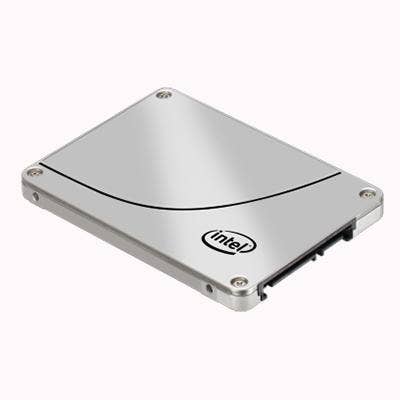
Intel DC-S3710
With a promise of greater durability and better write-performance than its prior-gen 3700 series SSDs, Intel last month unveiled the Data Center S3710, 2.5-inch form factor drives available in 200-, 400-, 800- and 1,200-GB (1.2 TB) capacities. Intended specifically for the data center, 3710 drives are designed to endure as many as 10 complete write-erase cycles over their lifetime, twice the number of other SSDs designed for the data center. The 3710 series is rated to deliver data transfer rates of up to 550 MBps for sequential reads and between 300 and 520 MBps for sequential writes, depending on model. Our single-drive tests got close. These drives alone, or in groups, would make an excellent choice for data-center applications, particularly those that require repeated write-erase cycles.
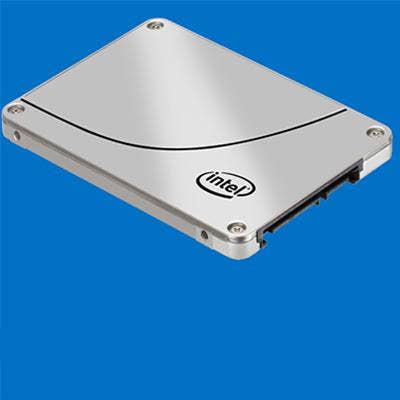
Intel Test Results
Intel's latest SSD performed extremely well, particularly with random operations. The SSD pioneer sent the Test Center an 800-GB model, which is rated to deliver a maximum transfer rate of 550 MBps for sequential reads and 460 MBps for sequential writes. In our tests, a single simulated worker was able to generate a maximum sustained transfer rate of 432 MBps for sequential reads of 32K blocks. Interestingly, performance increased to 439 MBps when the 32K-block read workload was randomized. Random writes of the same-sized blocks were sustained at 357 MBps, also an impressive number. For transaction processing, testers observed a maximum sustained rate of 69,760 IOps with random reads of 512-byte blocks. The drive is rated at 85,000 IOps for random reads.
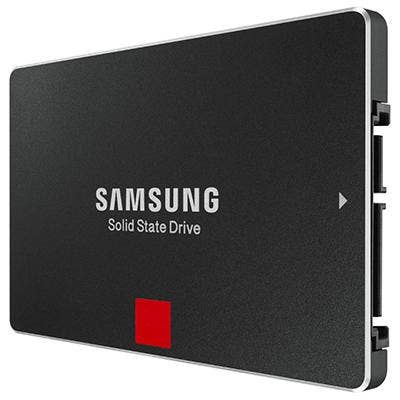
Samsung 850 Pro
Samsung continues to amaze with its SSD performance innovations and out-of-the-box thinking. The latest from its bag of tricks is the Samsung 850 Pro. It employs vertical NAND, or V-NAND, a 3-D memory cell technology introduced last year that stacks cell layers atop each other to reduce footprint and also happens to improve performance. Samsung's 850 Pro drives use the company's all-new MEX three-core controller, including its superb management and data migration software tools available in 128-, 256-, 512- and 1,024-GB (1-TB) models. These drives are ideal for system upgrades.
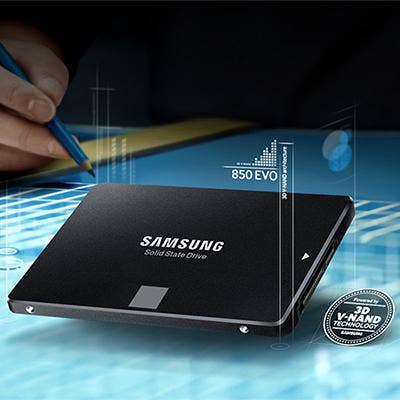
Samsung Test Results
All of Samsung's 850 Pro drives are rated to deliver a maximum data transfer rate of 550 MBps for sequential reads, and all but the 128-GB model are rated at 520 MBps for sequential writes; the odd model out is said to deliver up to 470 MBps. For testing, Samsung sent the CRN Test Center a 512-GB model, and we were duly impressed. The drive's peak performance came with random reads of 32K blocks, with which it delivered a sustained rate of 504 MBps. For random writes of the same size, our tests revealed a sustained rate of 465 MBps, just slightly higher than its sequential sustained peak of 463 MBps. For sequential reads, it delivered 489 MBps. The 850 Pro's ability to process transactions also was impressive, exceeding its rating in some cases and never falling below 95,000 IOps.
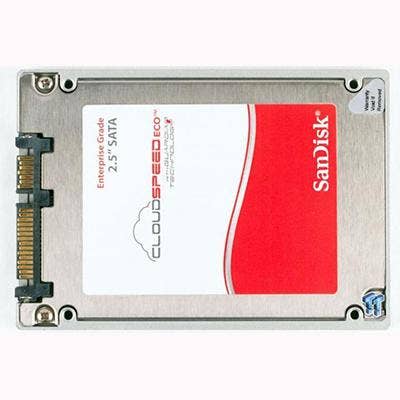
SanDisk CloudSpeed Eco
SanDisk last year unveiled the CloudSpeed Eco line of budget-friendly SATA SSDs intended for entry-level enterprise servers and storage systems. Available in capacities of 240, 480 and 960 GB, CloudSpeed Eco drives are rated to deliver up to 470 MBps for sequential reads and 450 MBps for sequential writes. For review, the company sent a 960-GB unit, and its single-drive throughput performance came pretty close to those ratings.
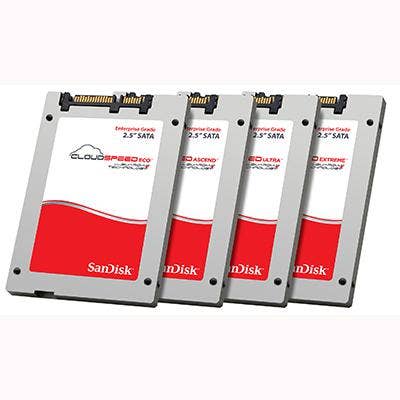
SanDisk Test Results
The CloudSpeed Eco saw its best data transfer performance when processing sequential writes. It sustained those operations at 428 MBps, just slightly faster than its transfer rate for sequential reads, which with it sustained 423 MBps. SanDisk SSDs would be suitable for use in data center and personal computer systems. Whether you're a VAR, managed service provider or IT administrator, SSDs offer a valuable opportunity for sales and service revenue from laptop and desktop upgrades and flash- and hybrid-array population.